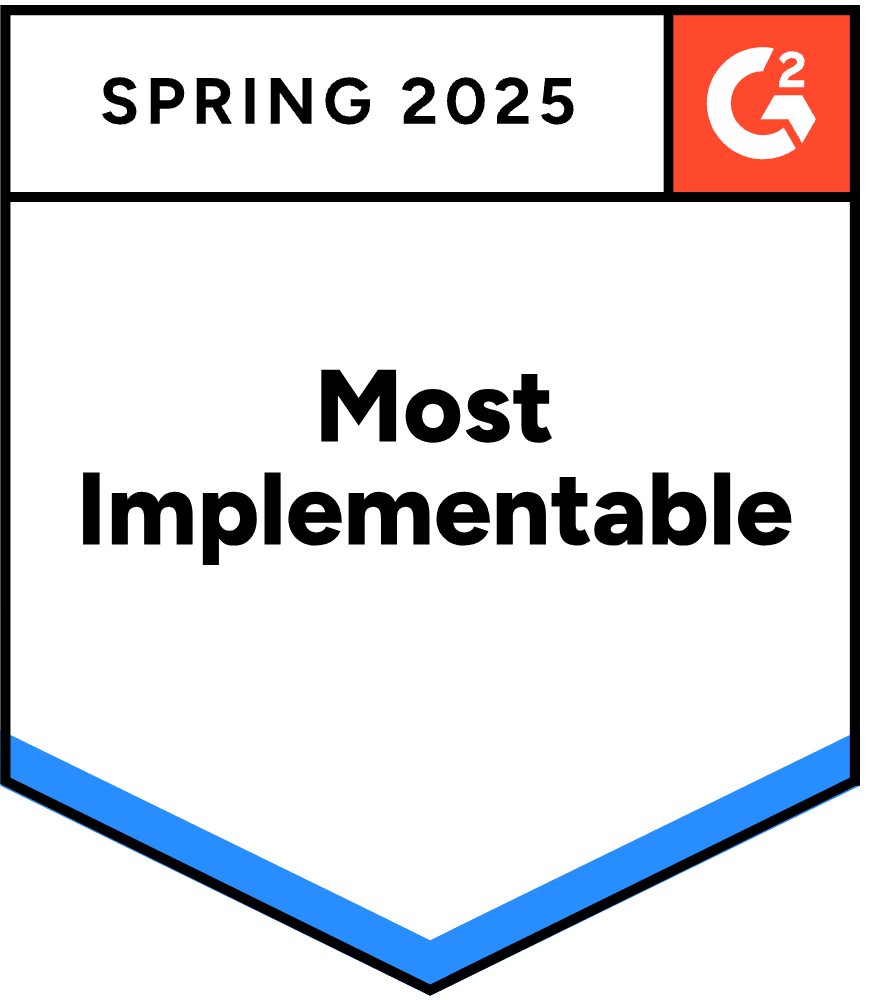Open-ended questions provide invaluable qualitative insights for market research and customer experience (CX) professionals. However, analyzing open-ended questions can be difficult and time-consuming without the right tools. This guide covers techniques like text analytics, natural language processing (NLP), automated coding, and machine learning to unlock deeper insights from open-ended survey responses, interviews, and customer feedback.
Introduction to Analyzing Open-Ended Questions
Open-ended questions are an essential tool for market researchers and customer experience leaders to gain insights into their customers and markets (potential customers). Open-ended queries facilitate respondents to render more comprehensive replies than those posed in closed-ended, (generally) multiple-choice style questions, thus permitting the researchers to acquire more detailed, nuanced data.
What are Open-Ended Questions?
Open-ended questions ask respondents to answer in their own words without providing any predetermined response options. Open-ended questions can be deployed in various research scenarios, such as surveys, interviews, and focus groups. Examples include “How do you feel about this product?” or “What would make you choose our brand over others?”
Open-ended queries can provide a way for participants to articulate their ideas, thoughts and emotions more fully, accurately, and with more nuance than if they were presented with predetermined answers. This allows researchers to gain insight into what people really think and feel about a particular topic or product rather than just relying on preselected responses from a closed question format. Additionally, open-ended questions can help identify new topics for further exploration as well as reveal trends among different demographic groups within the sample population. Open ends also help reduce the risk associated with question bias.
Challenges of Analyzing Open-Ended Questions:
One challenge with analyzing open-ended data is that it requires manual “coding,” which can be time consuming and costly if done via human reading instead of automated tools such as text analytics software or natural language processing (NLP). Additionally, qualitative analysis techniques may need to be employed when interpreting the results due to the subjective nature of some responses which require interpretation beyond simple numerical data points. Machine learning (ML) algorithms can also be used in combination with NLP technologies for more accurate analysis at scale, but these have typically come with additional costs associated with implementation and maintenance depending on an organization’s needs and resources available.
By understanding open-ended questions, we can gain a deeper insight into our customers and their needs. Text analytics provides an effective way to analyze these questions, allowing us to leverage the power of AI for market research and CX.
Text Analytics for Market Research and CX
Text analytics is a powerful tool for market researchers and customer experience leaders to gain insights from open-ended questions. It involves the utilization of mechanized procedures, for example, natural language handling (NLP), machine learning (ML) and subjective examination to investigate unstructured information.
Overview of Text Analytics:
Text analytics is an umbrella term that covers a range of technologies used to extract meaning from text-based data. These technologies include natural language processing, machine learning, and qualitative analysis techniques. By leveraging these tools, organizations can quickly identify patterns in large volumes of text-based data, uncovering valuable insights about their customers’ needs and preferences.
Text analytics can be a valuable asset for market researchers and CX professionals, enabling them to gain meaningful insights from open-ended questions. By leveraging automated techniques such as natural language processing, machine learning, and qualitative analysis, organizations can quickly identify patterns in large volumes of text-based data – uncovering valuable customer sentiment, behavior, attitudes and preferences. With the right text analytics solution in place, they can save time while still gaining insight into what customers are saying about their products or services.
Text analytics for market research and CX is a powerful tool that can help uncover insights from open-ended questions. By leveraging AI-powered natural language processing, organizations can gain further insight into customer feedback and behaviors to inform their decision making process.
Natural Language Processing (NLP)
NLP is a subset of AI which enables computers to comprehend human language. NLP uses algorithms and statistical models to analyze natural language data, such as text or speech. It can be used for various tasks, including sentiment analysis, topic modeling, and machine translation.
What is NLP?
NLP is the process of using computers to interpret and analyze natural languages like English or Spanish. NLP involves the investigation of syntactic elements in phrases, and deciphering how they collaborate to reveal their significance. This enables machines to detect patterns in copious amounts of unstructured textual data and draw out valuable insights from it.
How NLP Can Help with Analyzing Open-Ended Questions
Open-ended questions are an essential component of market research, providing researchers with the opportunity to gain a deeper understanding of customer perspectives on products or services without predetermined answers. However, analyzing open-ended responses can be difficult due to the amount of time it takes to manually “code” or classify each response. By using NLP techniques such as sentiment analysis or topic modeling, researchers can quickly identify key themes within customer feedback without having to read through every single response individually. Additionally, these techniques also help reduce bias by providing more objective results than manual coding would provide since there’s no need for a researcher’s personal interpretation when interpreting results from automated analyses.
Text Analytics Solutions for Market Research and CX
Text analytics for market research and customer experience (CX) management has typically relied on high-end NLP solutions that required specialized skills to manage complex tools. Today, artificial intelligence (AI) and the advent of large language models (LLMs) are ushing in a new class of text analytics tools that are much more accessible and easy to use (such as Canvs AI).
NLP is a powerful tool for understanding the meaning behind open-ended questions and can be used to uncover insights in customer feedback. Automated coding and machine learning provide additional capabilities that enable further analysis of data from market research and CX surveys.
Automated Coding & Machine Learning (ML)
Automated coding & machine learning (ML) are two powerful tools that can be used to analyze open-ended questions in order to gain deeper insights into customer behavior. Automated coding involves the utilization of algorithmic and software-based approaches to detect patterns, correlations, and trends in voluminous data sets. ML leverages algorithms combined with AI capabilities to make predictions based on its own experiences and data.
What is Automated Coding & ML? Automated coding is a type of text analytics that uses algorithms and software programs to quickly analyze large amounts of unstructured data such as survey responses or customer feedback. The automated coding process involves identifying key words or phrases in the text, categorizing them into topics, and then analyzing the results for insights into consumer sentiment or behaviors. ML leverages AI to go beyond the automated coding process, enabling it to gain from its experiences and make forecasts about potential outcomes dependent on preceding data points.
How Automated Coding & ML Can Help with Analyzing Open-Ended Questions: By leveraging automated coding & ML technologies, market researchers can quickly identify key themes within open-ended questions without having to manually code each response individually. This helps save time while still providing accurate insights into customer opinions or behaviors. Additionally, since automated coding & ML technologies are able to recognize patterns over time they can help provide more comprehensive analysis than manual methods alone would be able to do.
There are many different types of automated coding solutions available today, ranging from simple keyword search tools to advanced AI-powered platforms such as Canvs AI, IBM Watson Analytics or Google Cloud Natural Language Processing APIs (NLP). These solutions can help market researchers quickly uncover valuable insights hidden within their customers’ responses while also helping them better understand how those responses change over time as new products enter the marketplace or new trends emerge in consumer behavior.
Automated Coding & Machine Learning (ML) is an effective way to quickly analyze open-ended questions and gain valuable insights from them. By utilizing qualitative analysis techniques, we can further explore the data collected from these questions and uncover deeper layers of understanding.
FAQs: How Do You Analyze Open-Ended Questions?
How to do analysis for open-ended questions?
Text analytics for market research and customer experience (CX) can be used to analyze open-ended questions by leveraging natural language processing (NLP) techniques. NLP algorithms are designed to extract meaningful insights from unstructured text data, such as the responses given in open-ended questions. These algorithms use advanced linguistic rules and statistical models to identify patterns in text that provide valuable information about customer sentiment, opinions, preferences, and behaviors. By utilizing these techniques, researchers can gain a more profound comprehension of the necessities and desires of their target audience which may then be employed to direct choices regarding product formation or marketing plans.
Why are open-ended questions difficult to analyze?
Open-ended questions are difficult to analyze because they require a more subjective approach than closed-ended questions. They can be interpreted in many different ways, making it hard to draw concrete conclusions from the data collected. Additionally, open-ended questions often lack structure and context which makes it difficult for researchers to accurately identify patterns or trends in the responses. Open-ended questions tend to have higher perplexity and increased randomness due to their ambiguity and lack of direction. This makes them challenging for market researchers and customer experience leaders who need reliable insights into consumer behavior.
What are open-ended questions qualitative analysis?
Open-ended questions qualitative analysis is a method of data collection and analysis that involves asking respondents open-ended, unstructured questions in order to gain deeper insights into their thoughts, feelings, opinions and experiences. These types of questions are designed to allow participants to provide detailed answers without being limited by predetermined response options. The responses can then be analyzed for patterns or themes which can help researchers better understand the target audience’s attitudes and behaviors. This type of investigation is particularly advantageous for gaining insight into consumer experience (CX), as it affords researchers the capacity to uncover the fundamental drives behind customer selections.
Conclusion
Open-ended questions are a powerful tool for market research and customer experience (CX) professionals. Text analytics, natural language processing (NLP), automated coding, machine learning (ML), and qualitative analysis techniques can help you analyze open-ended questions to gain valuable insights into your customers’ needs and wants. By incorporating the appropriate technologies, you can tap into the potential of open-ended questions to gain a deeper understanding of customer behavior and preferences. Do you analyze open-ended questions? It’s time to begin exploring open-ended questions for deeper understanding of customer behavior and preferences.
Are you looking for a way to analyze open-ended questions and gain deeper insights from your customer feedback? Canvs AI provides text analytics tools to help unlock valuable insights from market research surveys and customer experience data, allowing you acclerate consumer feedback loops. Canvs not only does the heavy-lifting of surfacing the meaning and sentiment in consumer text, but also provide data exploration tools to identify connections and trends based on data segments (e.g. demographic cross-tabs) and over-time analysis for trackers and NPS studies. Get started today with Canvs AI and start unlocking powerful new information about your customers!
Interested in learn more about analyzing open-ended questions and how open-ended questions can be used in market research and CX examples? Download our Essential Guide to Analyzing Open-Ended Questions eBook.







